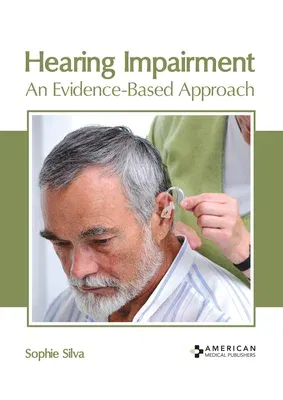Hearing impairment is the partial or total loss of hearing. Chronic ear
infections are considered to be the chief cause of hearing impairment.
Syphilis, rubella and cytomegalovirus infections can also result in
hearing loss in children. The diagnosis of hearing loss is established
on the basis of hearing tests. If a person is insensitive to sound
around 25 decibels even in one ear, it is classified as hearing
impairment. Hearing loss is of three types - sensorineural hearing loss,
conductive hearing loss and mixed hearing loss. 50% of all cases of
hearing loss occurring globally are largely preventable through public
health actions. All newborns should be tested for hearing loss. By
providing proper care during pregnancy, immunization, avoiding certain
medications and loud noise, hearing loss may be prevented. For those
with hearing impairment, sign language, cochlear implants, lip reading,
hearing aids and subtitle use must be promoted. There exists no
treatment for the sensorineural hearing loss arising due to genetic
defects, age or noise. Certain surgical interventions such as correction
of superior semicircular canal dehiscence, surgical excision or
vestibular schwannoma or acoustic neuroma, stapedotomy and stapedectomy,
etc. may be used for the remedy of the condition. This book is compiled
in such a manner, that it will provide an in-depth evidence-based
approach to the understanding of hearing impairment. From theories to
research to practical applications, case studies related to all
contemporary topics of relevance to this condition have been included in
this book. With state-of-the-art inputs by acclaimed experts of
audiology, this book targets students and professionals.

